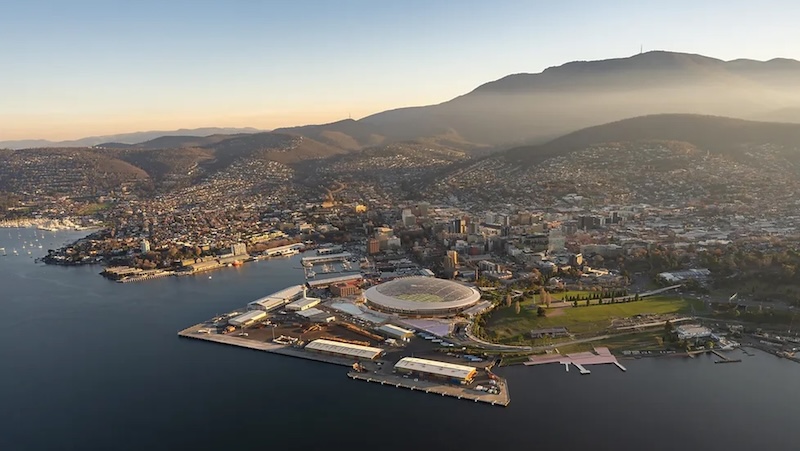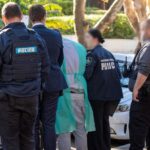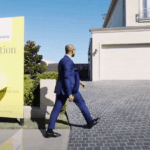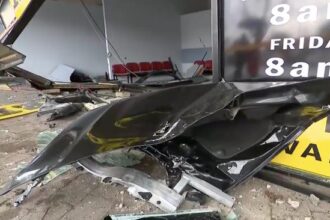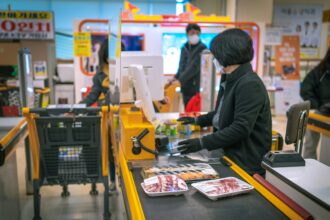A Winter of Discontent: Tasmania Faces Crisis on All Fronts
As Tasmania descends into what many are calling a winter of discontent, the island state is gripped by crippling debt, political instability, and growing public outrage over a billion-dollar AFL stadium. A sudden election was triggered following a successful no-confidence motion against Premier Jeremy Rockliff, backed by Labor, the Greens, and most independents in the 35-seat lower house.
Campaign Without a Compass
Now in the throes of an early campaign, Tasmania finds itself facing an election where major issues are overshadowed by spectacle. Voters are watching Premier Rockliff and Labor leader Dean Winter, both of whom lack long-term vision and fail to address the deepening financial crisis. While homelessness, health, and literacy suffer, the political class is fixated on a stadium.
The Stadium at Macquarie Point: Symbol of Controversy
This stadium, planned for Macquarie Point, was effectively forced on Tasmania by what has been described as the “most arrogant and thuggish sporting organisation” in Australia—the AFL. The league demanded a permanently roofed stadium as a condition for granting the state its own team, pressuring the government into fast-tracking special legislation and sidelining proper planning protocols.
Taxpayer Costs and Public Backlash
Despite massive backlash, the Rockliff government has bulldozed objections, committing taxpayer money to a project that already nears $945 million and is expected to top $1 billion. Meanwhile, public services are faltering, and there’s no serious discussion from either major party on reducing the state’s rising debt.
Dire Finances and Ignored Warnings
Tasmania now holds the worst public finances in the country. Economist Saul Eslake recently warned that due to repeated unfunded vote-buying promises, the state’s cash deficit is projected to reach 5.5% of its gross state product by 2028–29. That’s significantly worse than Victoria, which stands at 1.75%.
Debt Crisis Meets Political Denial
Even as these alarming figures dominate financial reports, both Liberals and Labor continue to make spending promises, seemingly unfazed by the dire outlook. The stadium has become a metaphor for the state’s larger crisis—a shiny distraction from a crumbling reality where debt, housing, and healthcare need urgent attention.
Hung Parliament Looms
Neither party is projected to win the 18-seat majority needed to govern alone. Currently, the Liberals hold 14 seats, Labor 10, with the remainder split between Greens and independents, including three running under the National Party banner. The Greens may emerge as kingmakers, an outcome both major parties dread due to ideological friction.
Recycled Candidates and Waning Trust
The candidate list reflects a worrying lack of innovation, with former federal MPs including Gavin Pearce, Bridget Archer, and Brian Mitchell attempting to revive political careers at the state level. Many voters are unimpressed by this recycling of leadership, further eroding public trust in the political process.
A Push for Real Priorities
The only glimmer of hope lies with ‘no stadium’ candidates, who are campaigning on a platform of fiscal responsibility and community priorities. Their success could send a loud message that Tasmanians want housing, health, and debt reduction prioritized over vanity projects.
A Pivotal Moment for the State’s Future
Ultimately, this election could redefine Tasmania’s future—or deepen its status as a failing state, as it waits passively for a solution to emerge. For many, this election is about more than politics. It’s a test of whether governance will finally align with the real needs of everyday Tasmanians.


